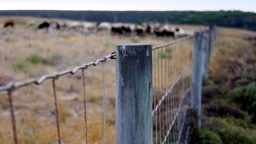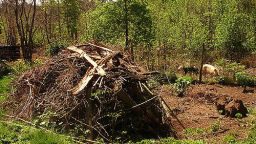Roosters have a bad reputation. Many people who want to raise hens for eggs choose not to have a rooster in the flock. Some have heard that roosters are aggressive, or they don’t want to noise, or they just so the reason to have one. But the reality is that hens can be just as aggressive; if there is no rooster around the dominant hen will take on the role of rooster. If noise is keeping you from having a rooster around then you shouldn’t have chickens at all because hens make plenty of noise. There are benefits to having a rooster in your flock, here are 3 of them.
Chicks
Hens won’t fertilize their own eggs. If you want to raise chickens as a source of food then having subsequent generations of chickens is important. One rooster can keep 12 hen’s eggs fertilized.
Protection
One of the reasons that roosters get a bad reputation for being aggressive is that they are protective of their flock. The less domesticated breeds have more protective, and sometimes more aggressive roosters. While the hens are doing their thing, the rooster will take up a high position and watch out for threats from predators high and low. They will scan the skies for birds of prey, watch out for dogs or weasels, and sound an alarm that is specific to the threat letting the hens know how to best react.
Social Order
Flocks with roosters simply function better and seem to offer a better quality of life for the hens. Roosters keep order in the flock, help find food for the hens (sometimes they trick them), and even help the hens by scouting out potential nesting sites, though the hen ultimately chooses to approve or reject the site.
While roosters are not without their potential annoying drawbacks, namely the crowing, they can offer benefits that greatly outweigh their annoyances. Try adding a rooster to your flock if you don’t already have one. If it doesn’t go the way you want it to, you can always eat him.
If you liked this, you might also enjoy…
Natural Healing Techniques Doctors Don’t Want You to Know…
The Weight-Reducing Magic of Yoga…
The Ultimate Woodworking Course..







